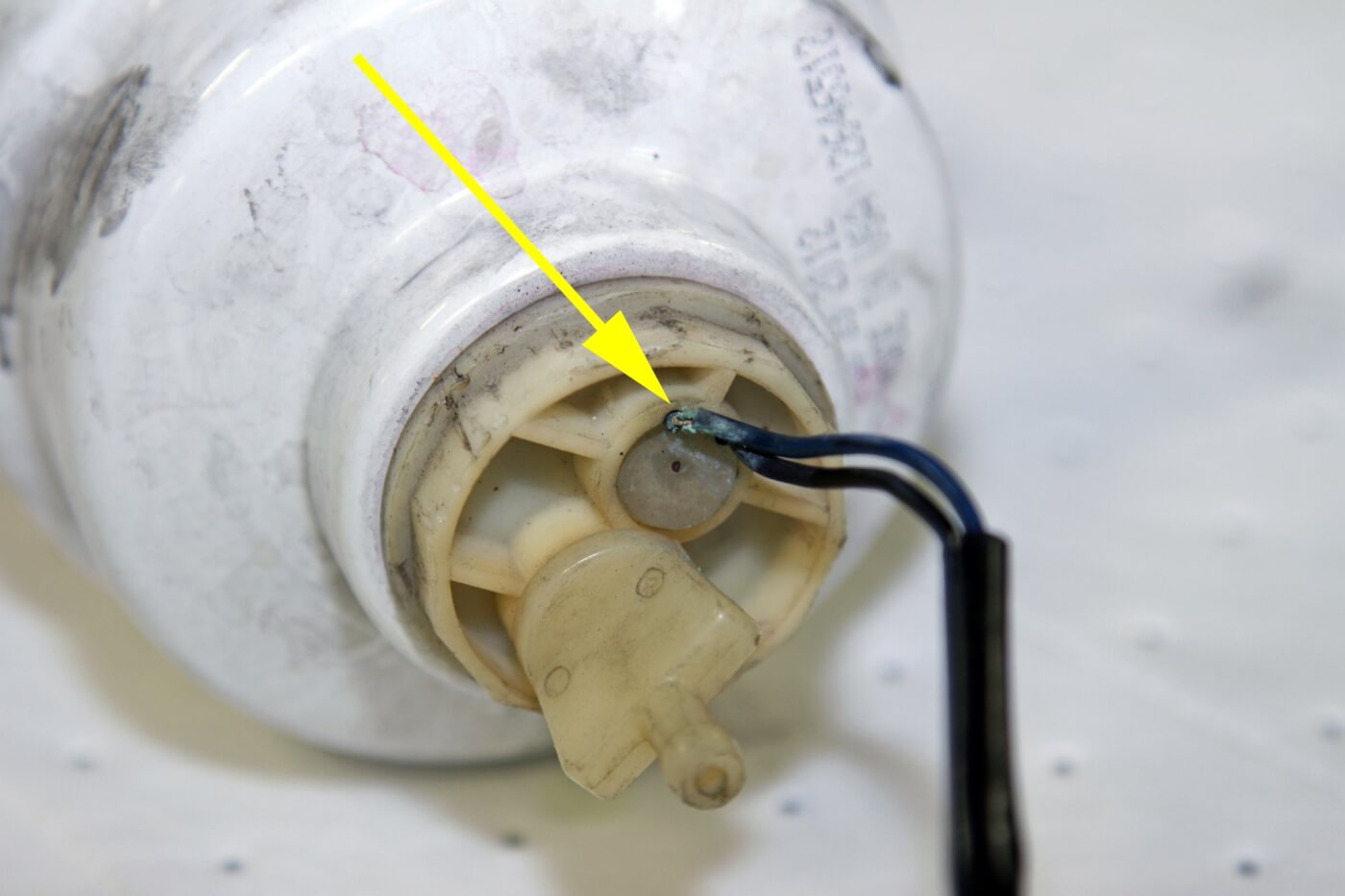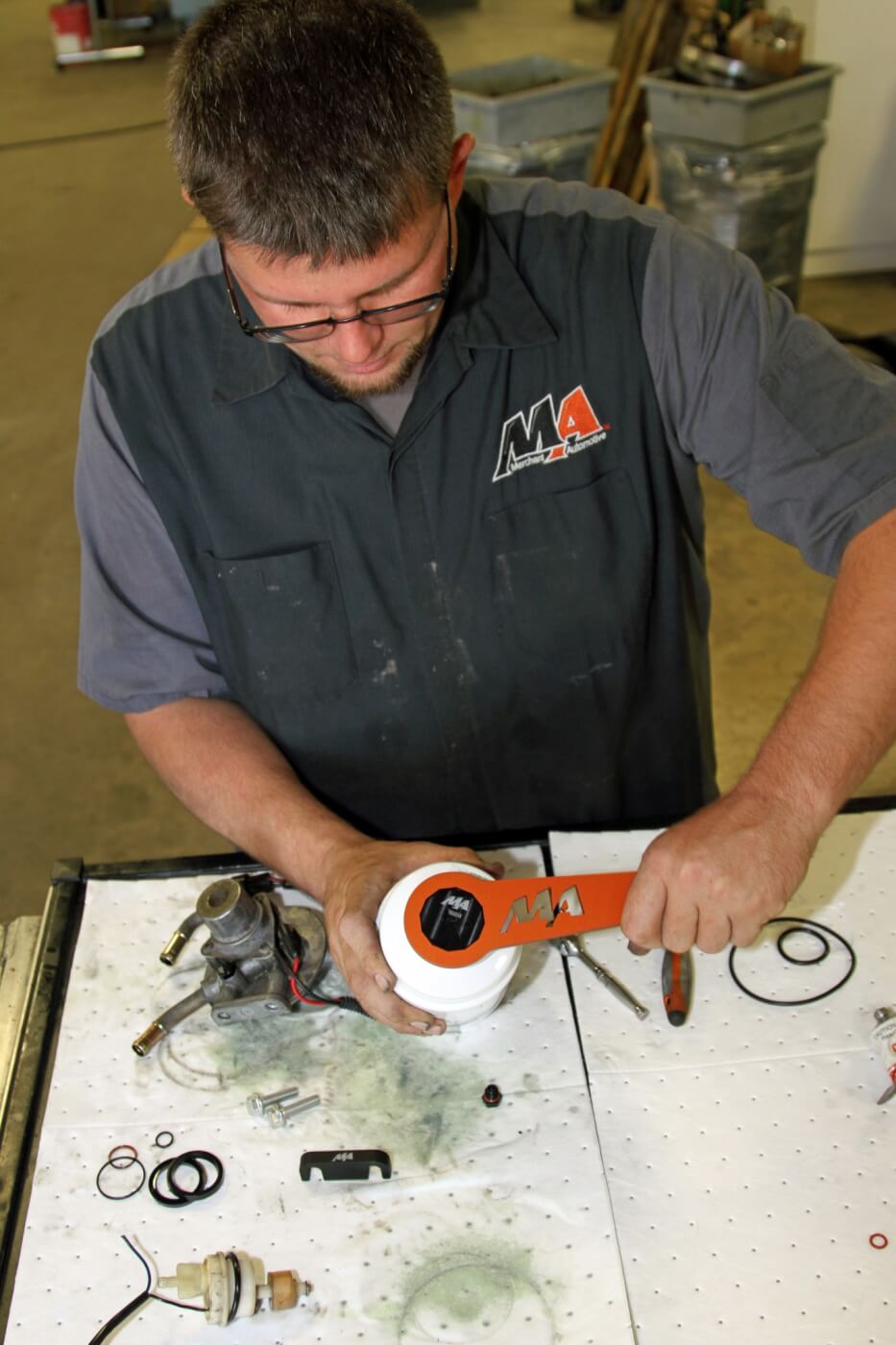Fuel Filter Fix: Rebuilding A Leaky Duramax Head
A common problem with high-mileage 2001-2010 Duramax trucks is that the fuel filter head assembly begins to develop air leaks. The engine’s CP3 high-pressure fuel pump is capable of drawing fuel from the tank without the aid of an external lift pump as long as the system remains primed. With age as well as the use of ULSD and bio-diesel fuels, the O-rings in the filter head assembly can begin to allow air to bleed into the system, causing the fuel system to lose its prime. If this is the case for you, it might be time for a fuel fix.
Early signs of a leak include extended cranking after the truck has been sitting for long periods as well as the engine starting and then dying. As the problem worsens, it may become impossible to restart the truck without manually priming it when parked on an incline. External fuel leaks can develop as well, and will be evidenced by fuel puddles on the ground or on top of the filter assembly.
If you have a high-mileage Duramax-powered truck and suspect that it’s losing its prime, or you have seen evidence of fuel leaks from the filter head, you’ll want to address the problem as soon as possible. Your GM dealer will most likely suggest replacing the entire assembly, but the team at Merchant Automotive has better (and less expensive) solutions: they have developed several repair kits that require only hand tools and basic mechanical skill. The kits start at around $20 for replacement O-rings and go up to around $100 for the Master Filter Head Kit that includes new O-rings, billet aluminum water-in-fuel (WIF) plug, billet aluminum filter head spacer kit, billet aluminum bleeder screw and an OEM replacement fuel filter.
Remember, this is an overview of the process; if you have questions about the specifics you can consult the team at Merchant Automotive or your local diesel performance shop. You can also watch a video of the process on the Merchant Automotive website. If you plan to rebuild the filter assembly yourself, set aside a couple hours and be sure to practice safe shop techniques. After rebuilding and reinstalling the filter assembly you will need to prime the fuel system before starting the truck. Prime the system by pumping the primer plunger repeatedly until it becomes firm, and then start the engine. After starting, make a thorough check for fuel leaks before driving the truck.
The billet aluminum parts in the Master Kit look good, but they aren’t just there for looks. A billet aluminum bleeder screw replaces the factory-installed plastic bleeder screw, which is flimsy and prone to stripping and cracking. The replacement water-in-fuel plug replaces the factory part with its easily broken harness, and the spacer locates the filter assembly an additional 3/8-inch away from the engine to make it easier to replace. All of the billet aluminum parts are anodized black for durability and good looks, and they feature a laser-etched MA logo. You can rebuild your fuel filter assembly without the billet parts, but we think the full kit is a wise investment.
We followed along with shop technician Jake Phaff as he rebuilt the filter head on a customer’s LB7 Duramax. Phaff removed the filter assembly, rebuilt it and reinstalled it in about an hour, including our typical photography slowdowns. Follow along over the next few pages to see the basics of Phaff rebuilding the filter head assembly. DW
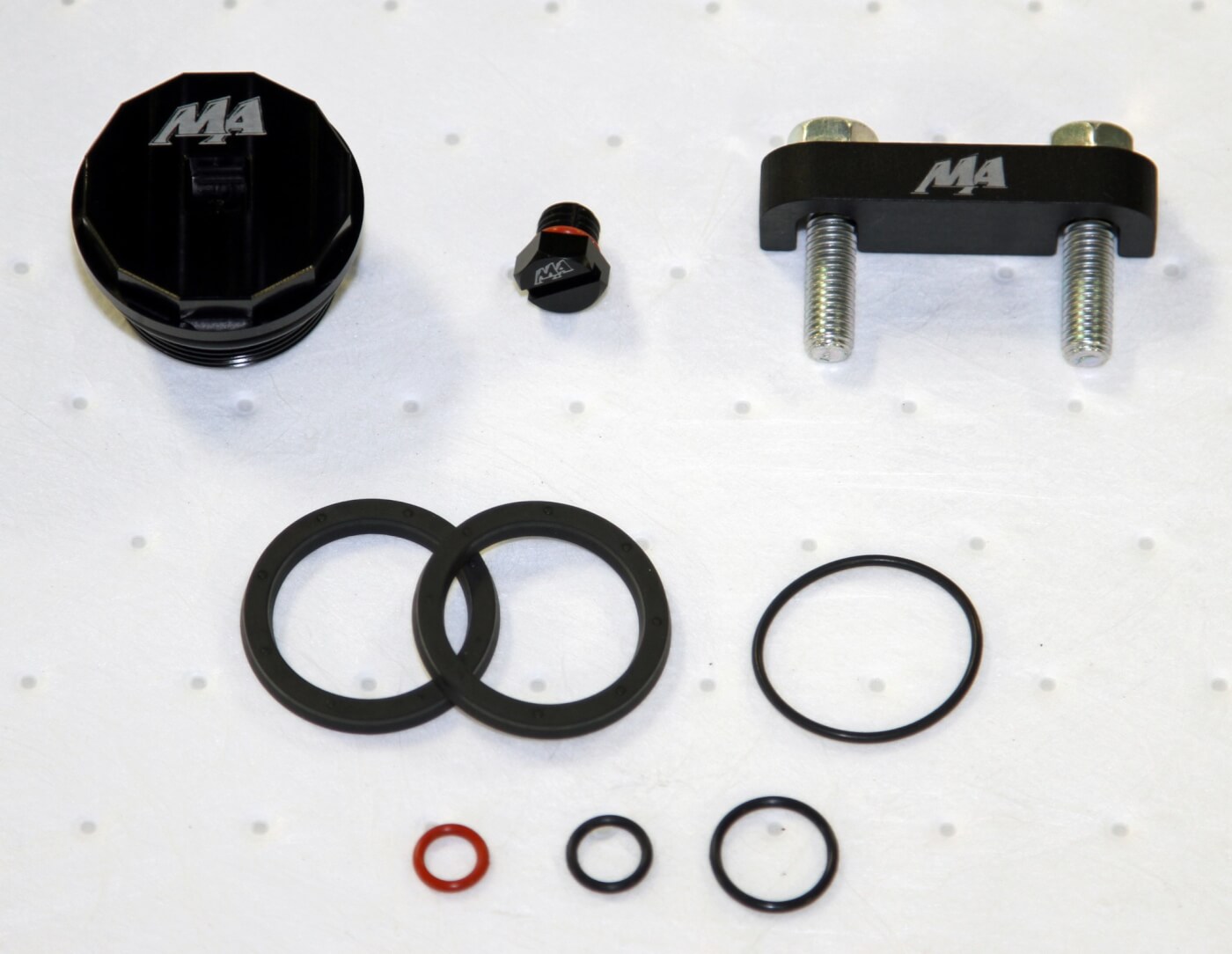
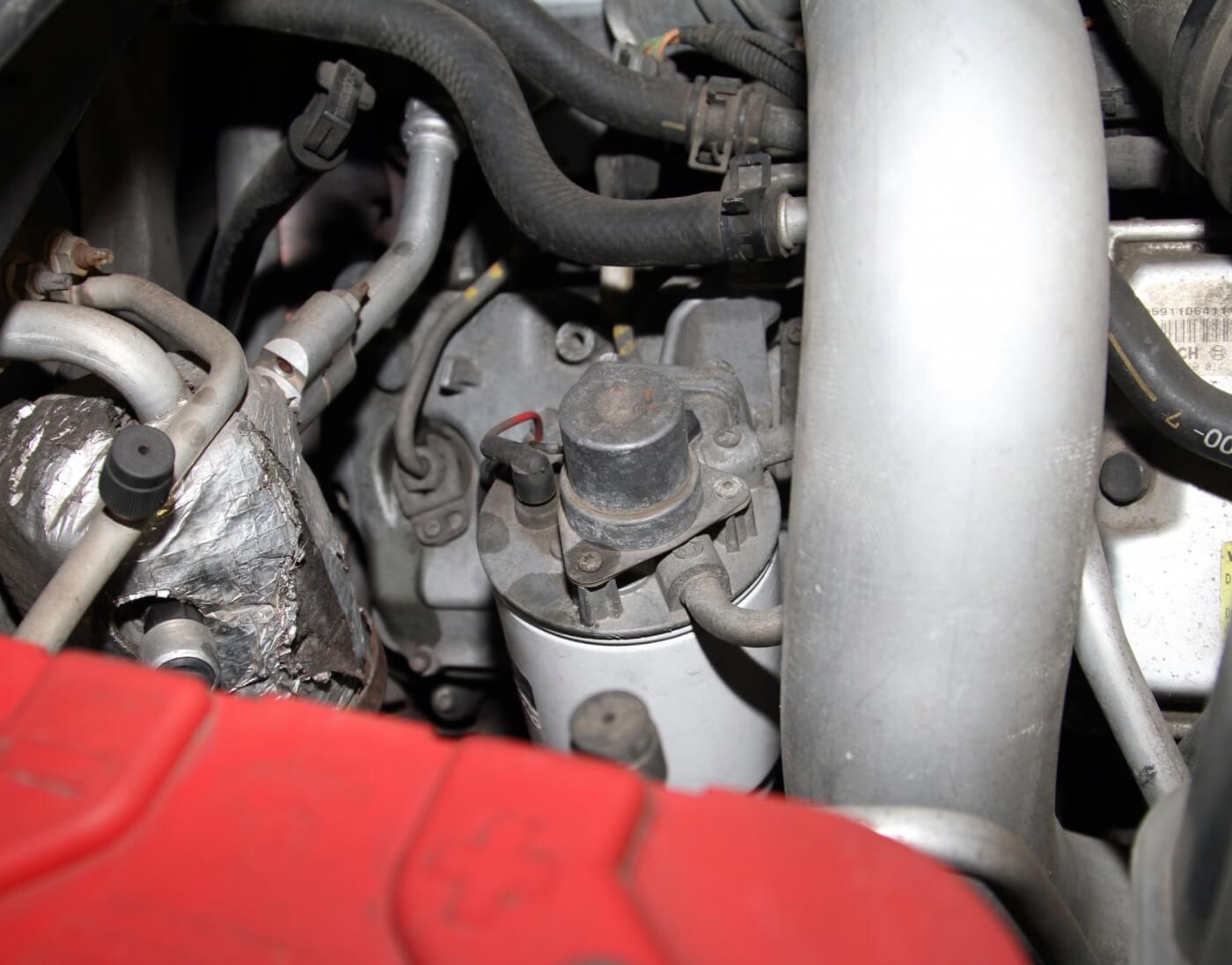
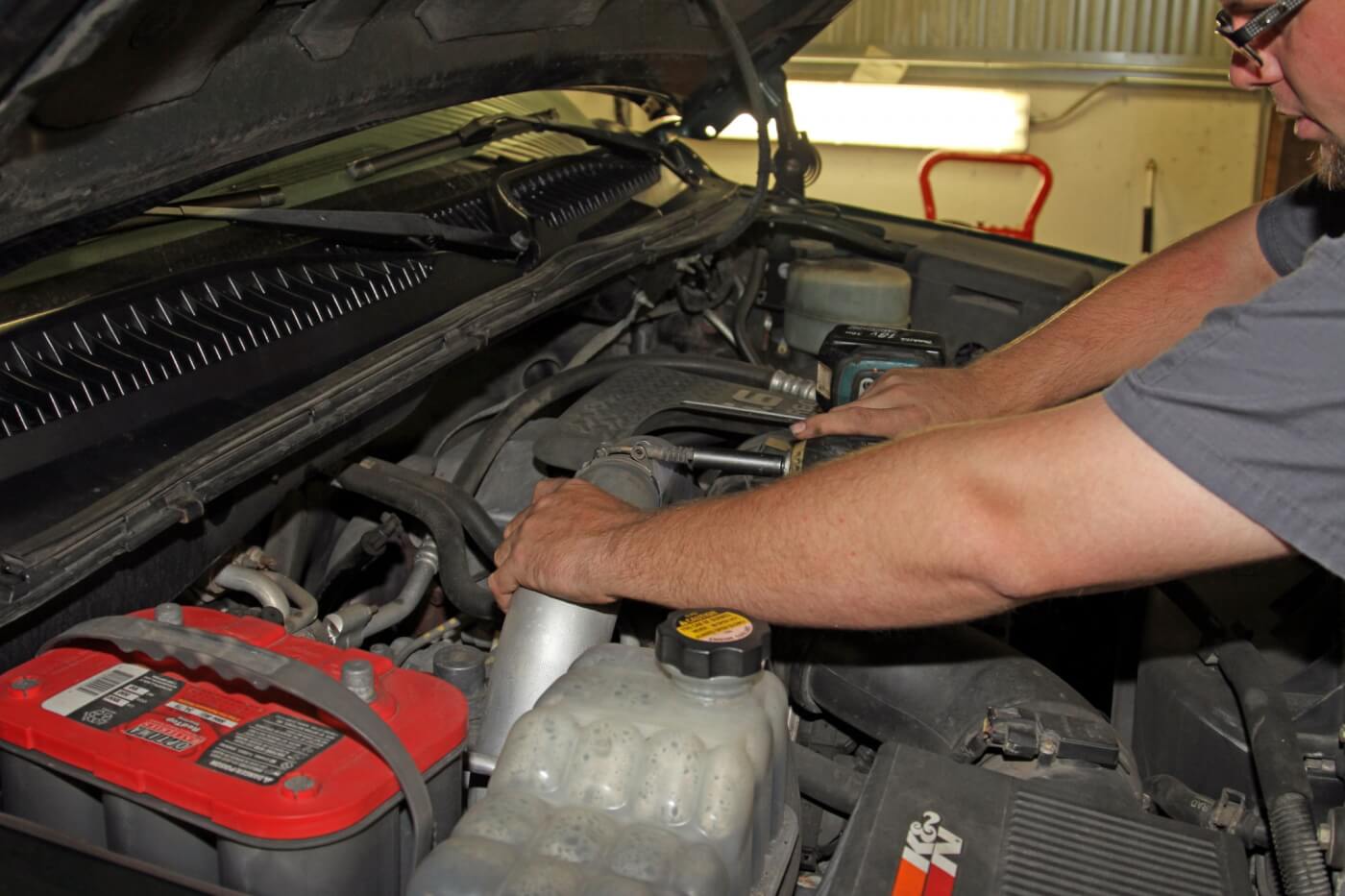
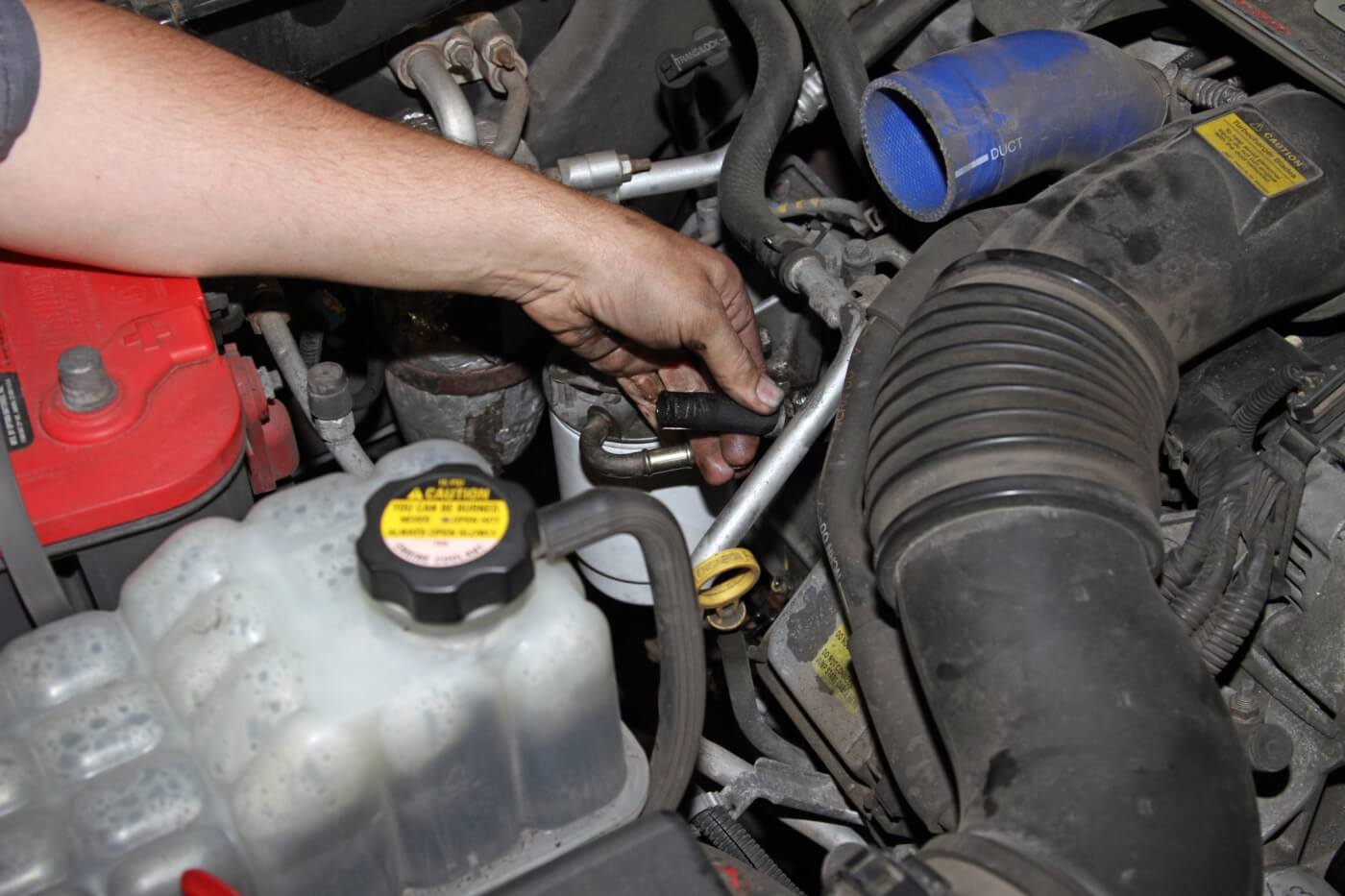


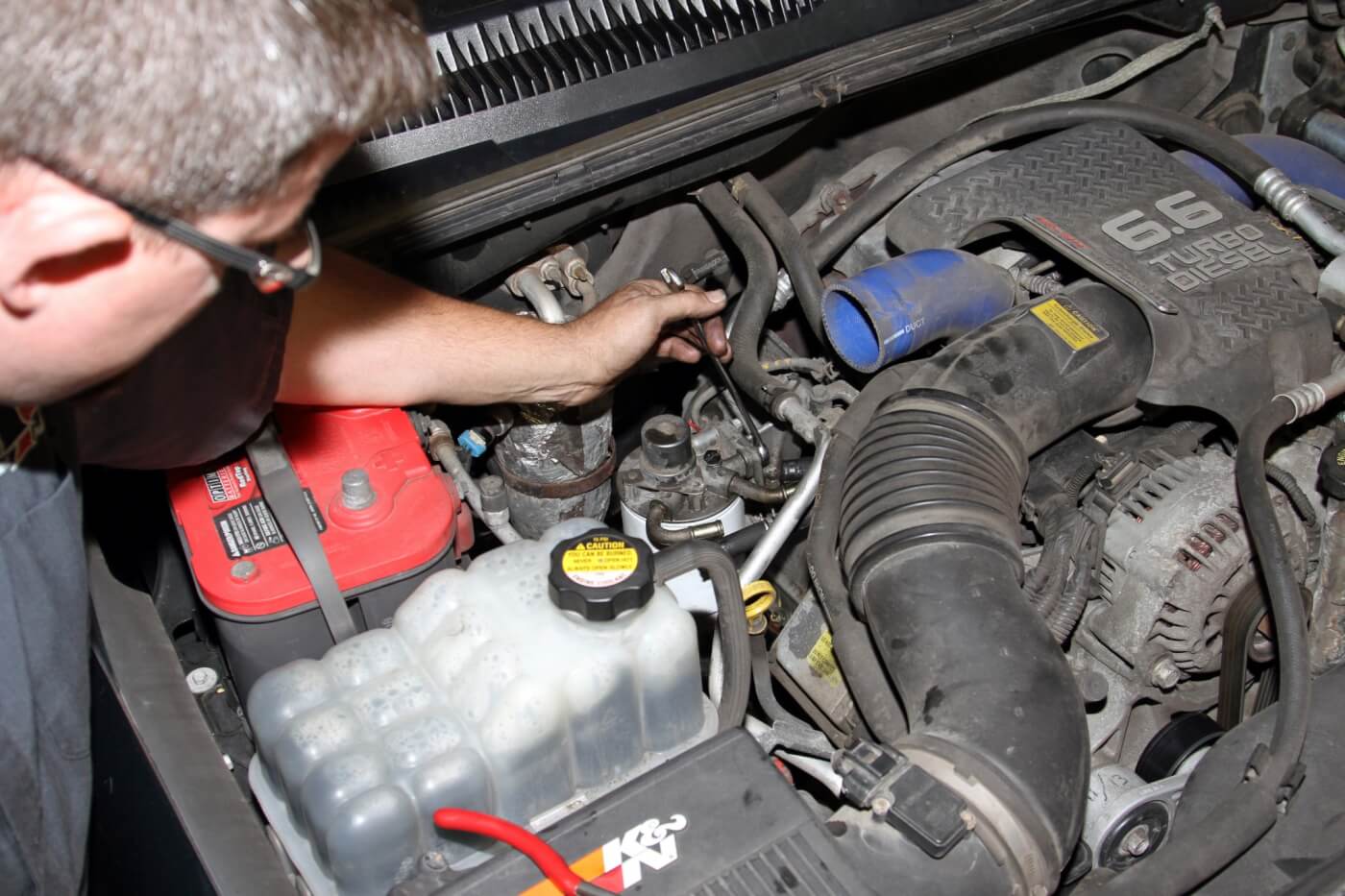
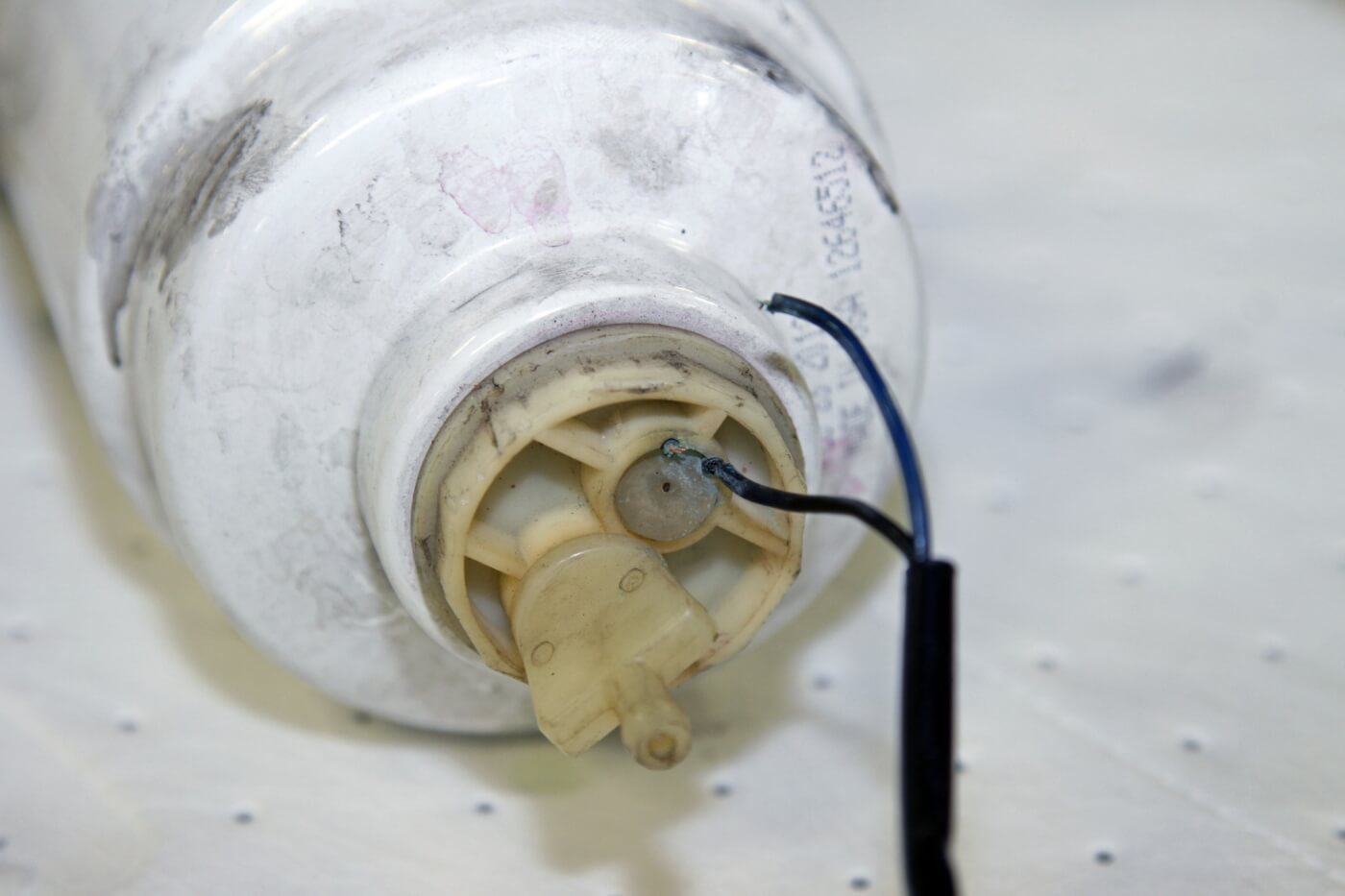
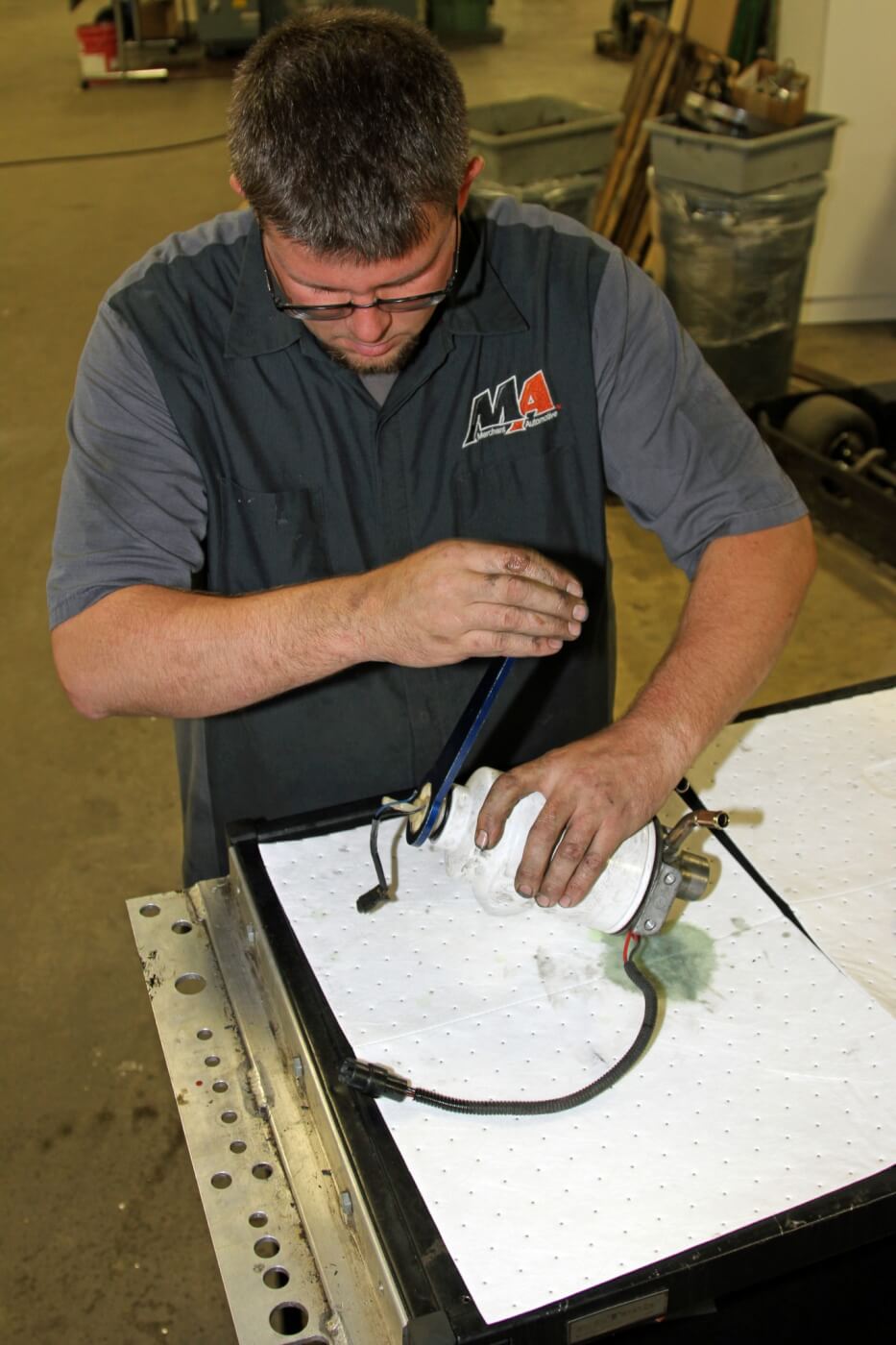
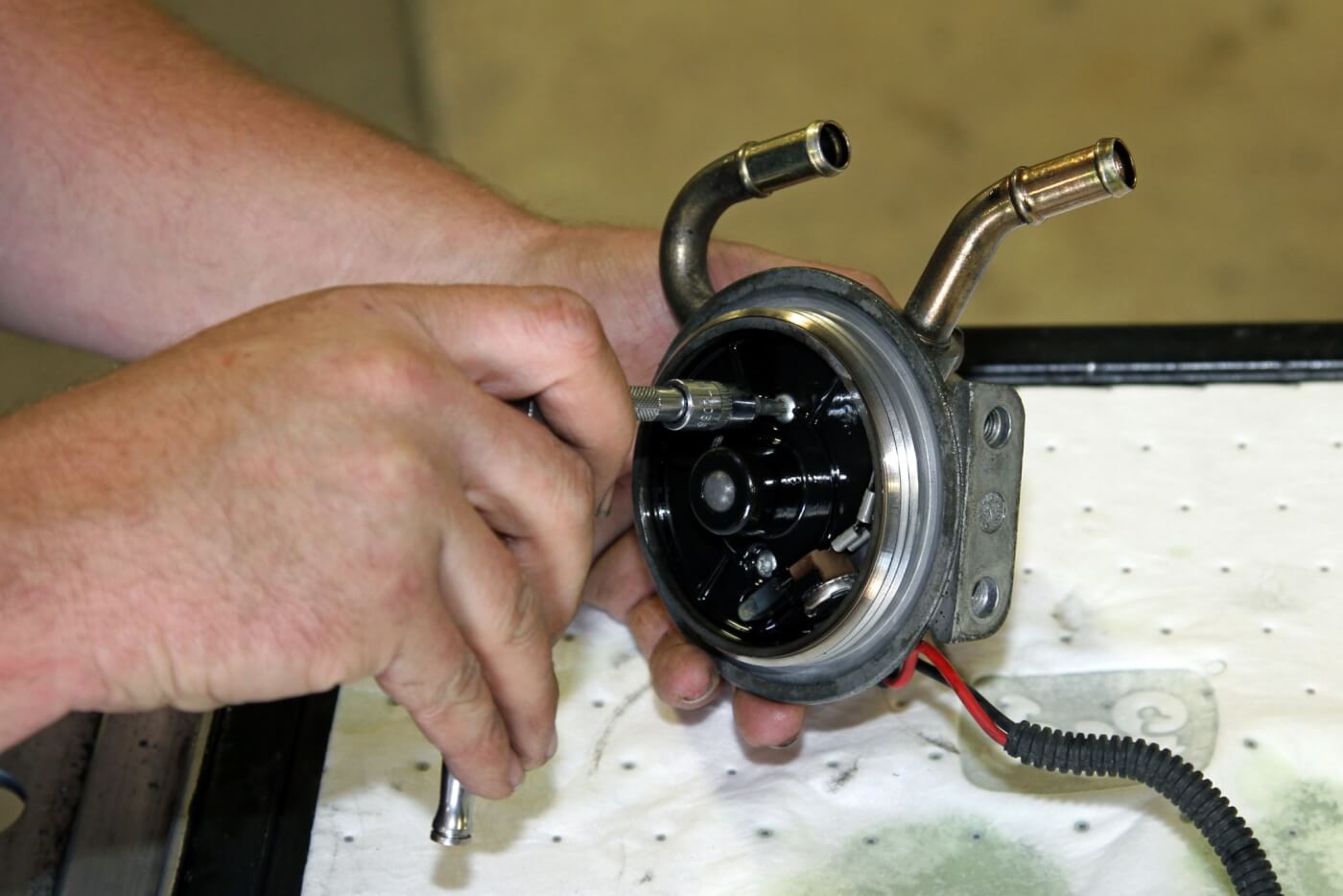
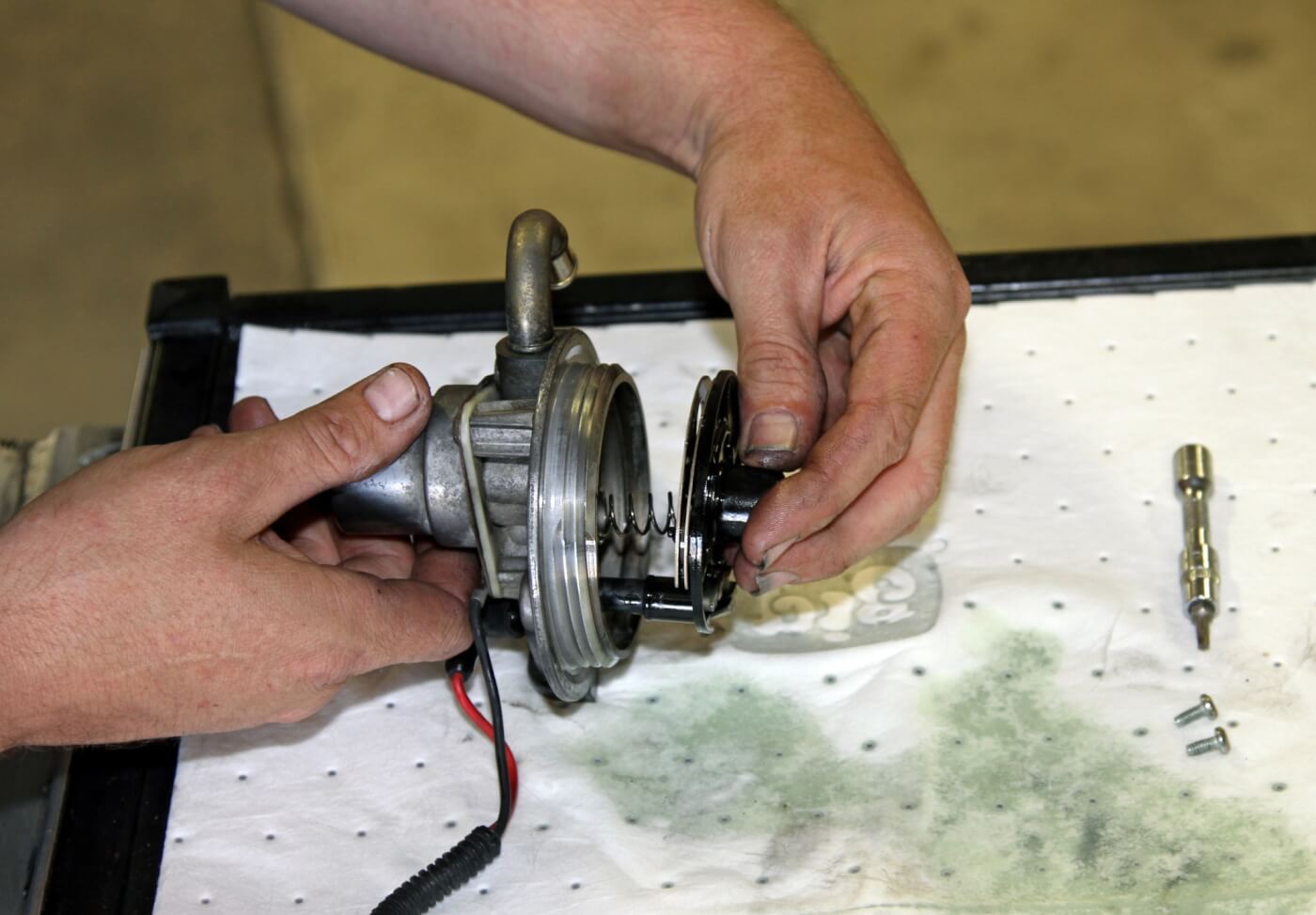
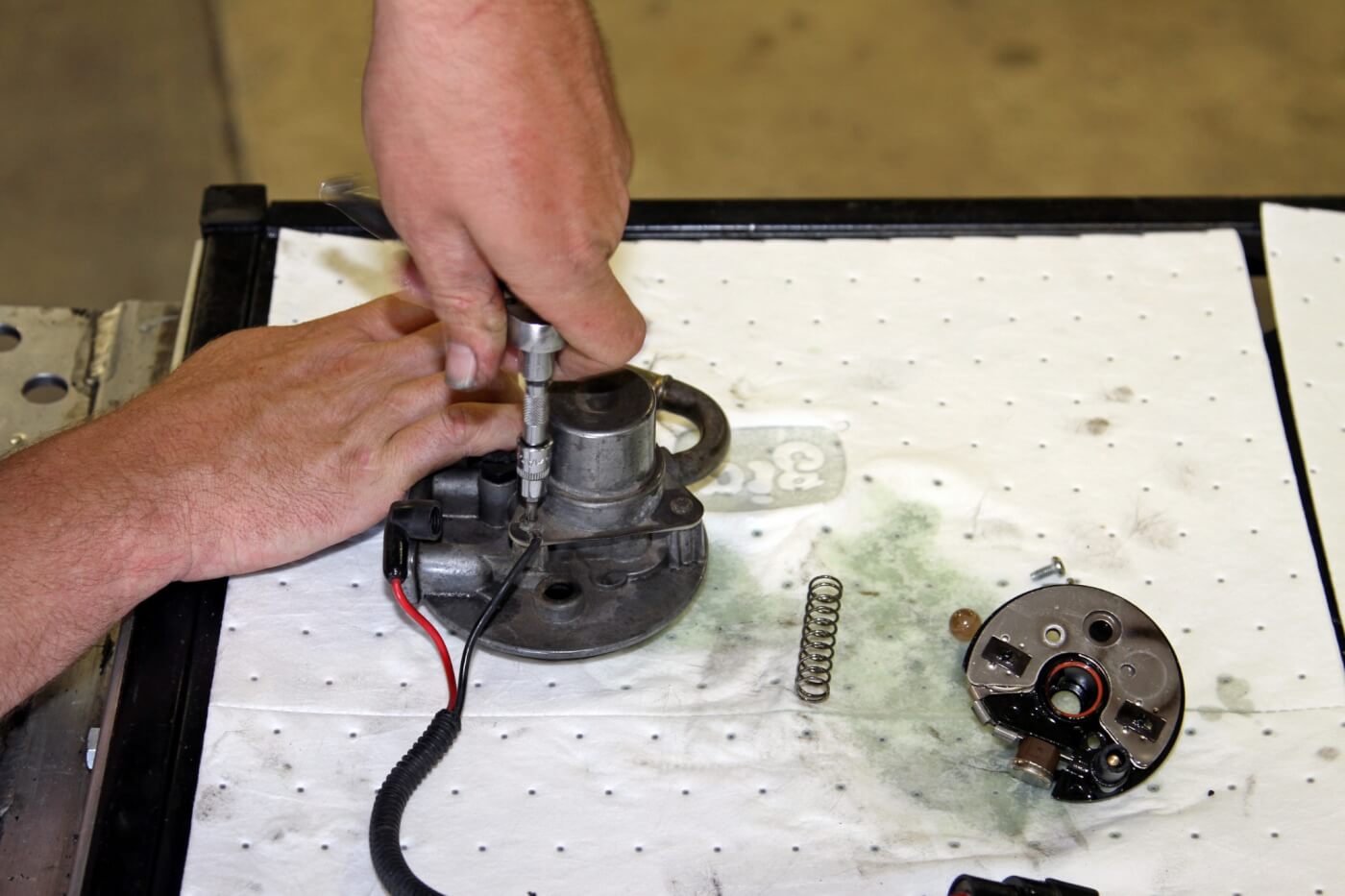
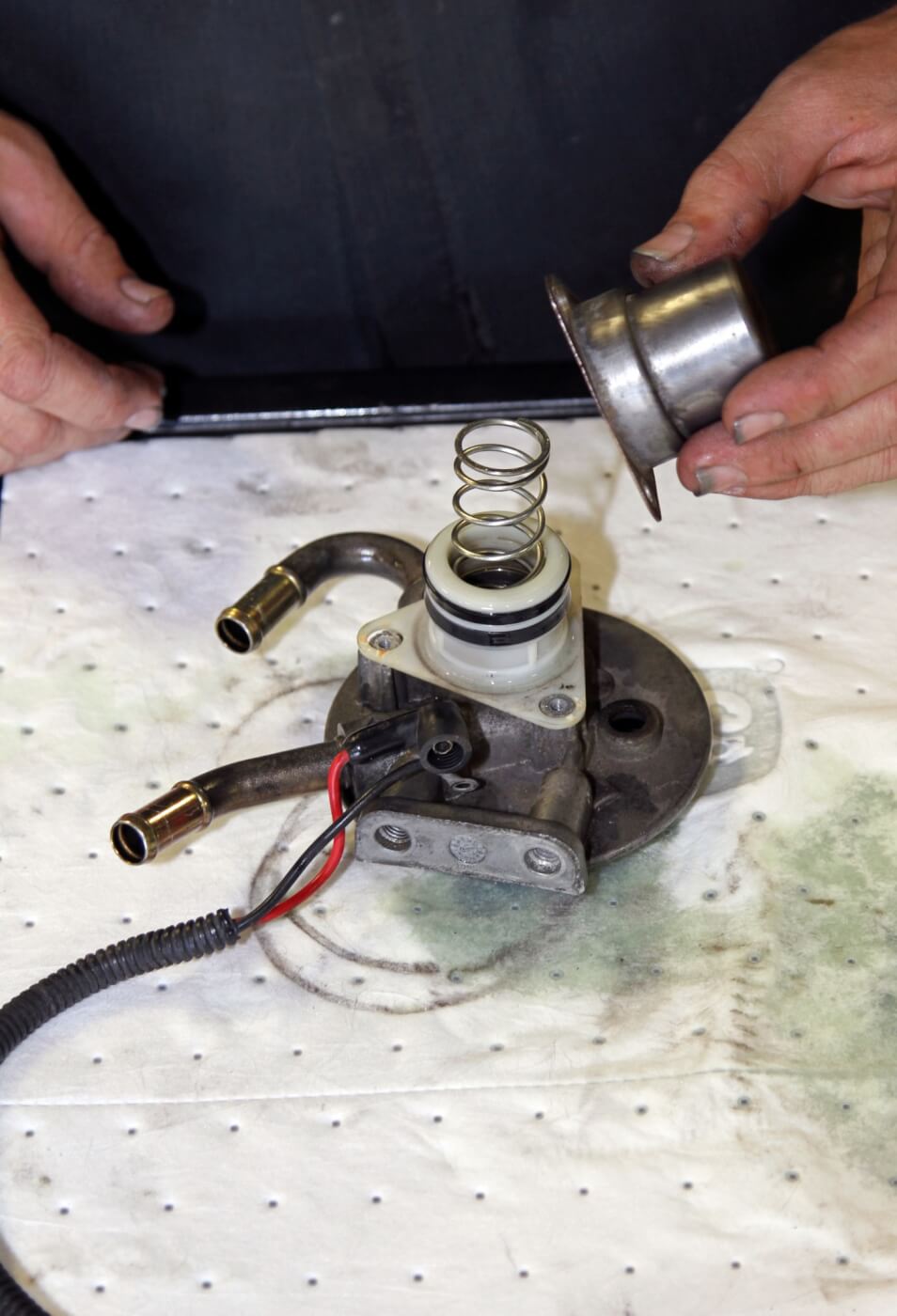
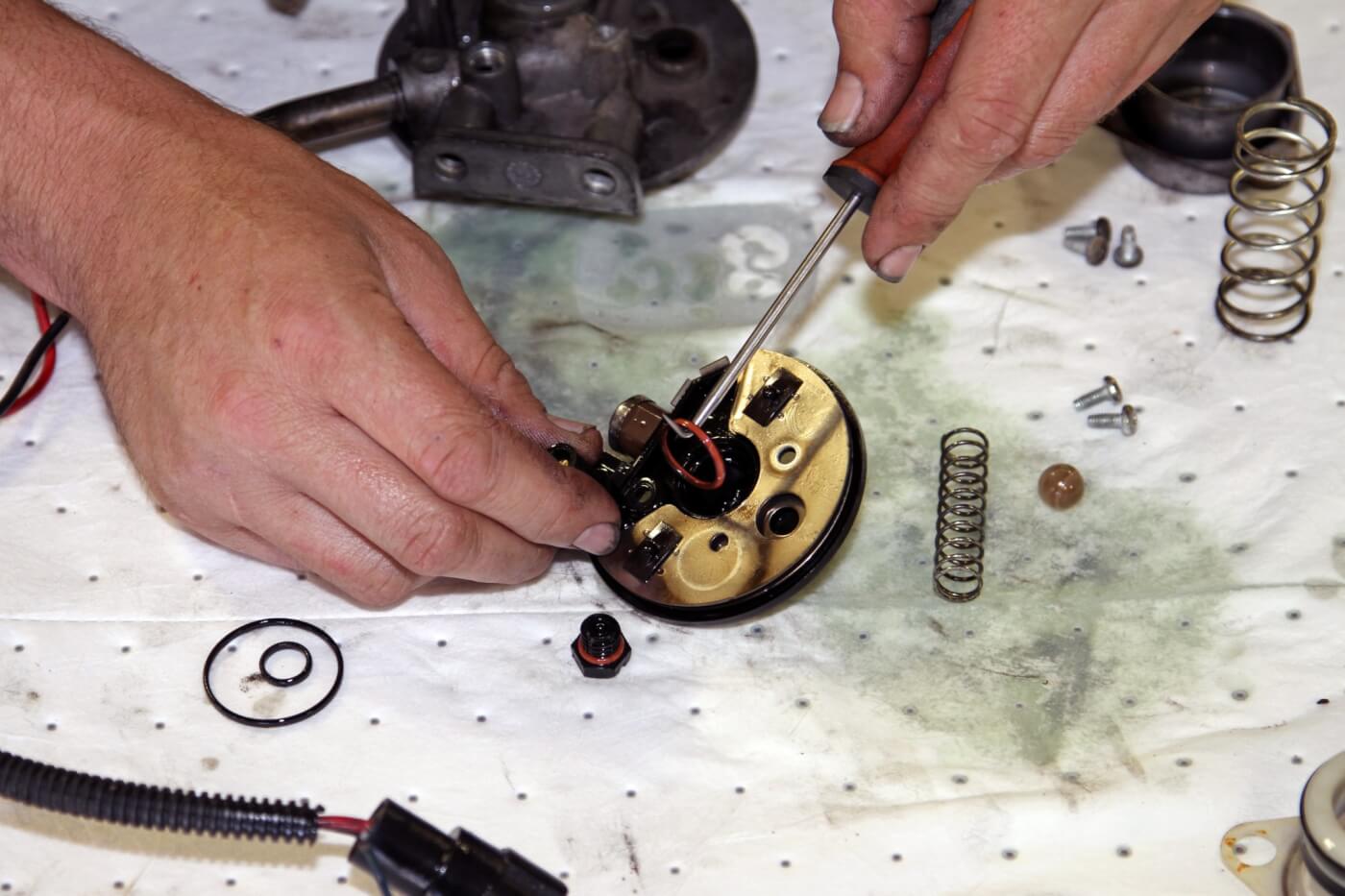
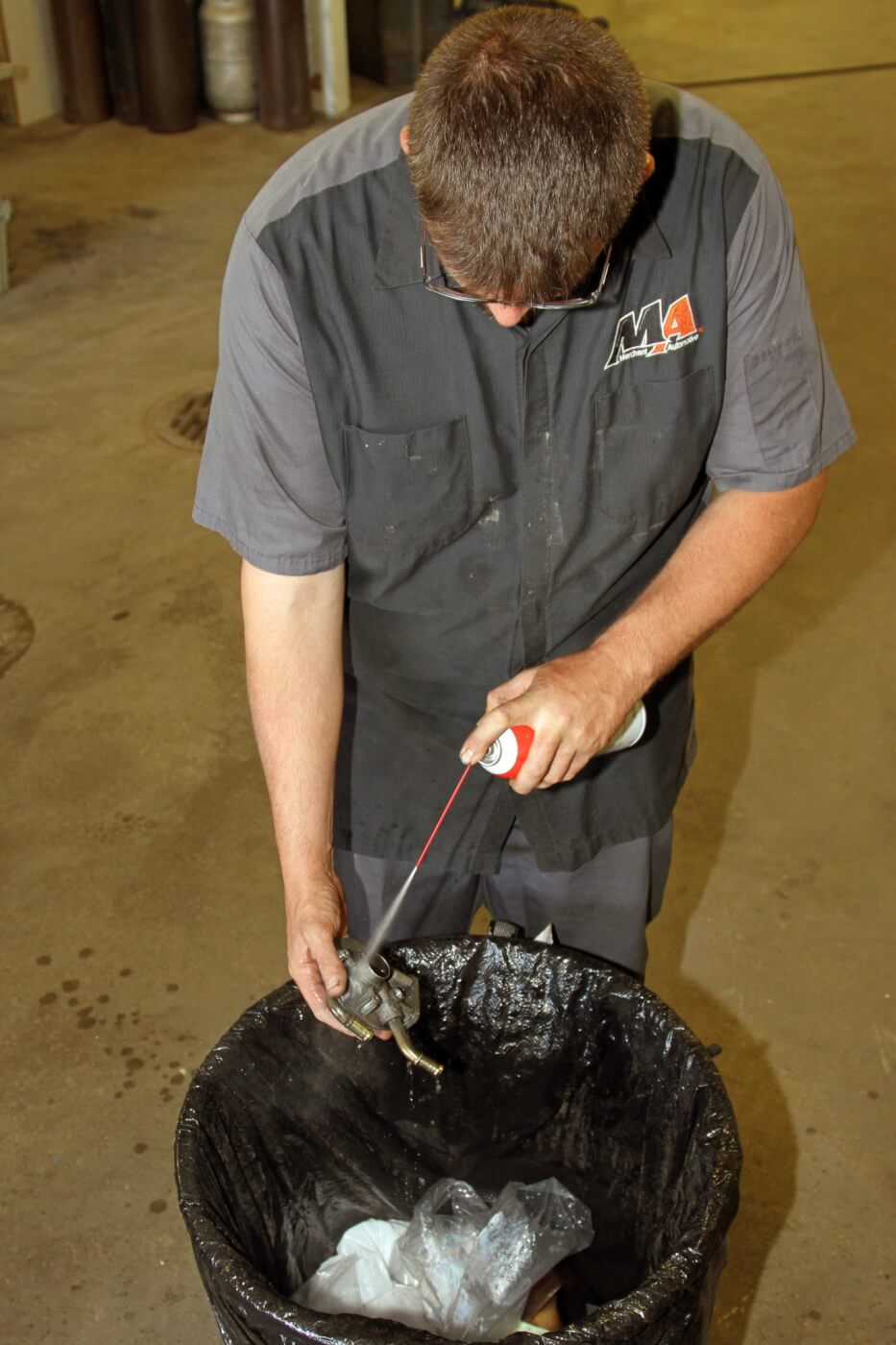
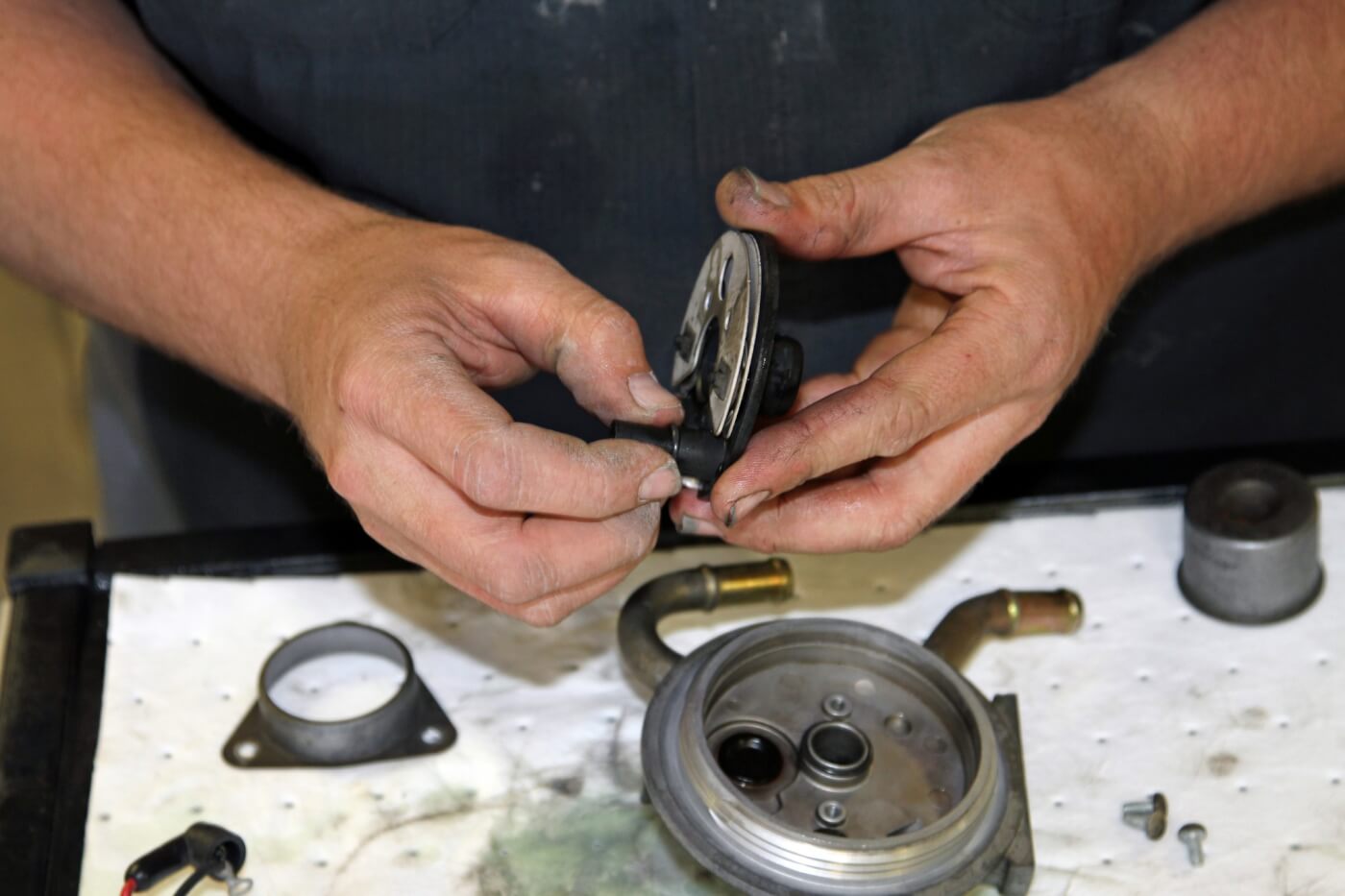
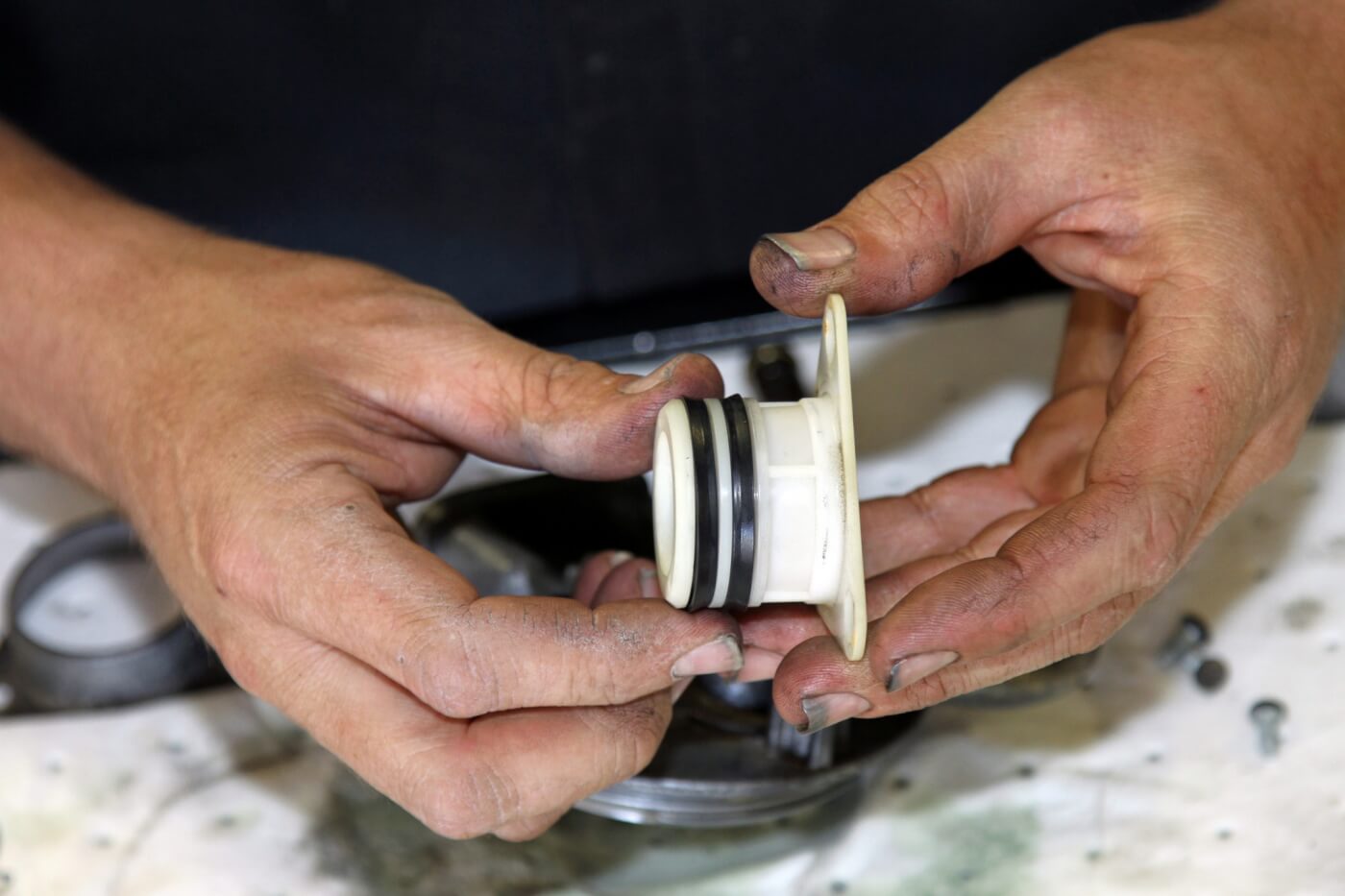
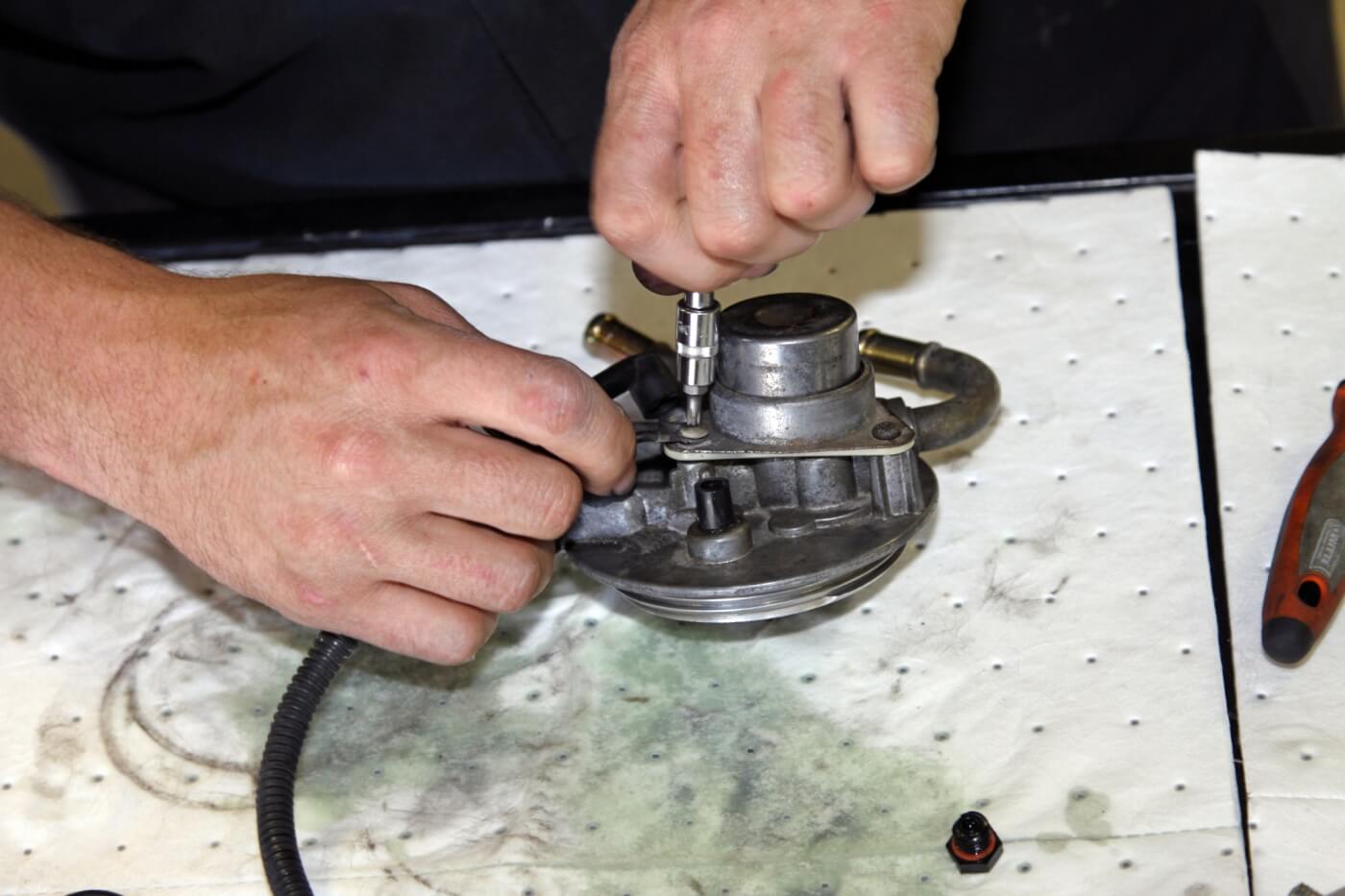
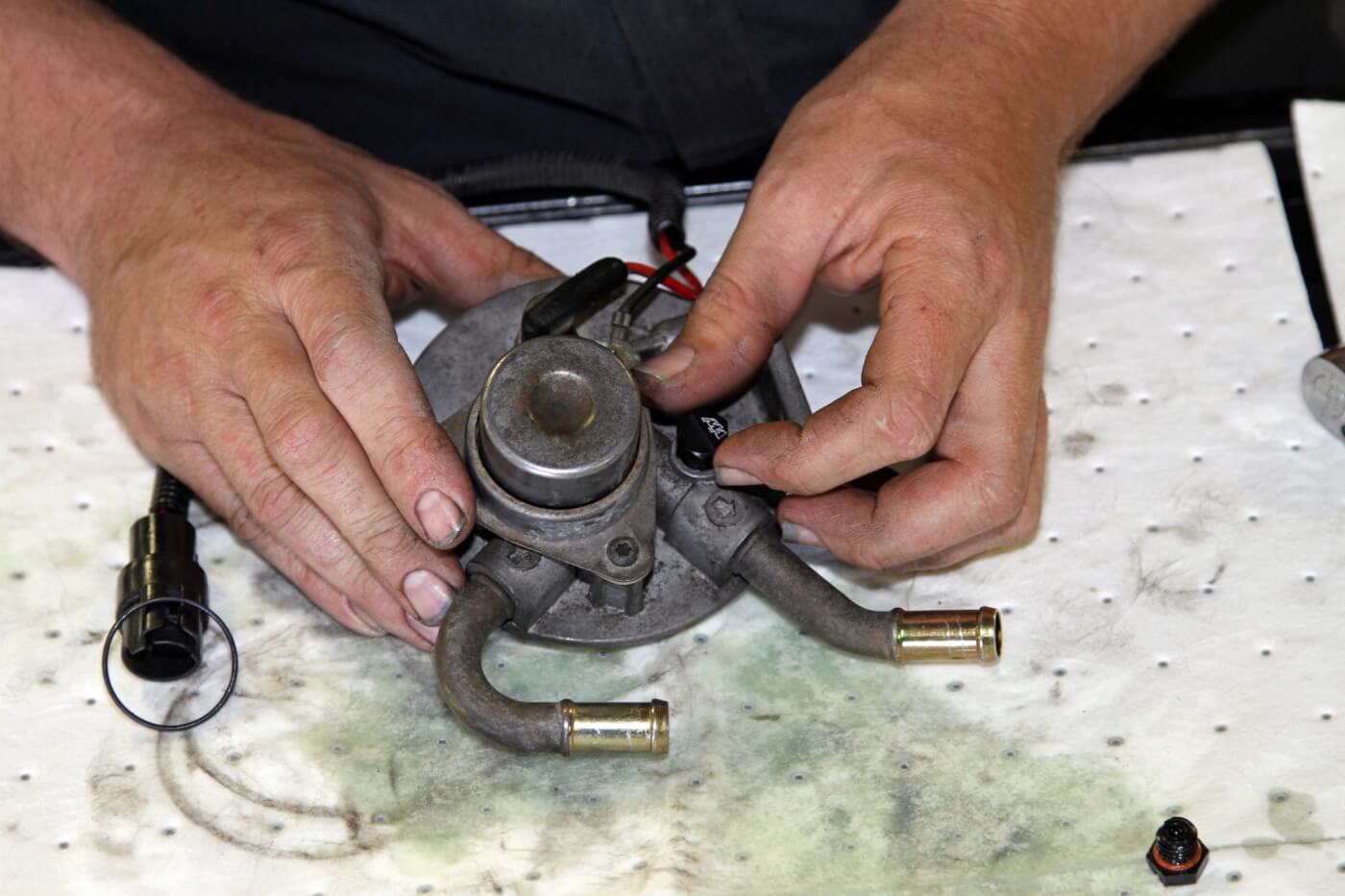


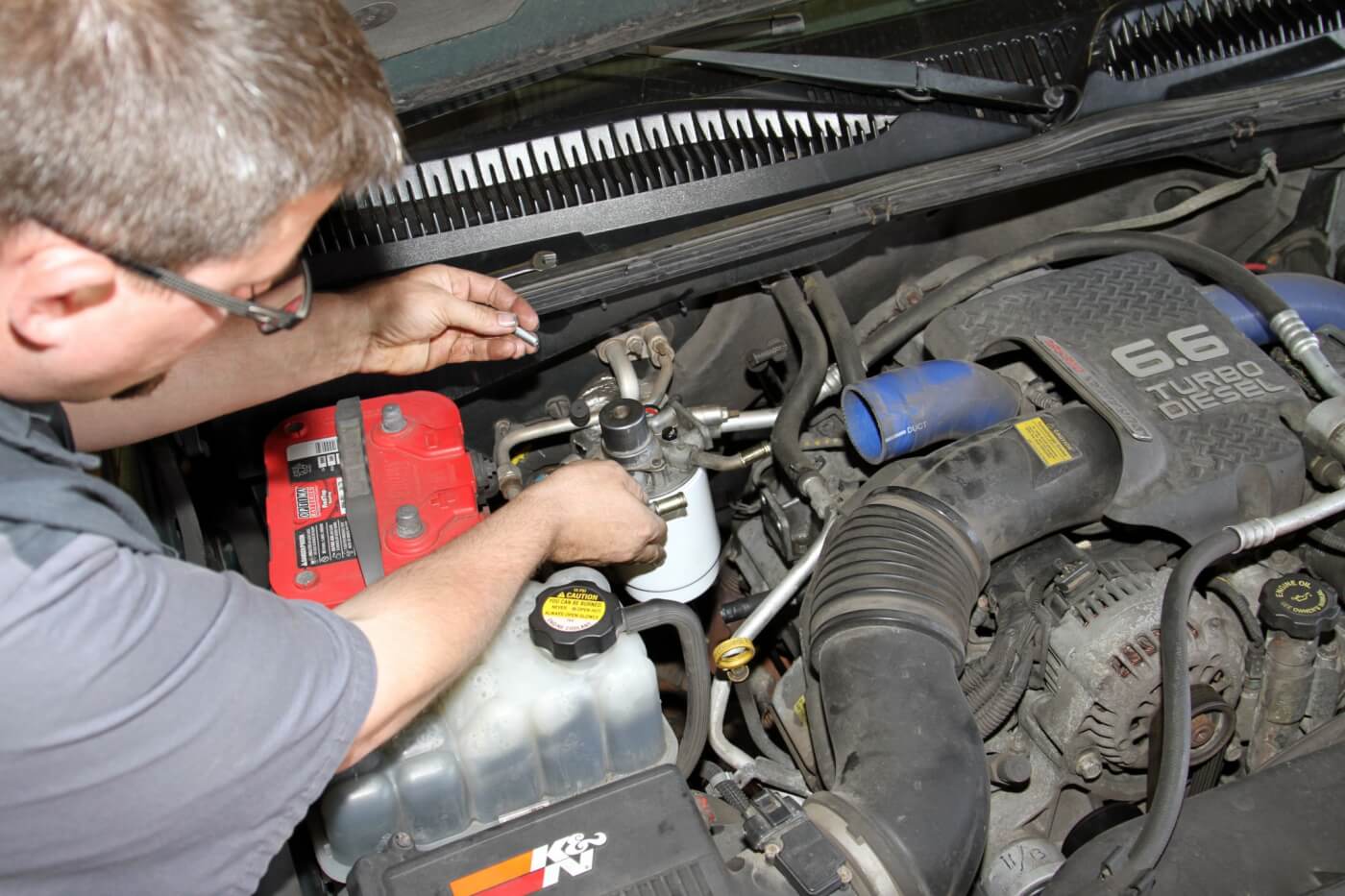
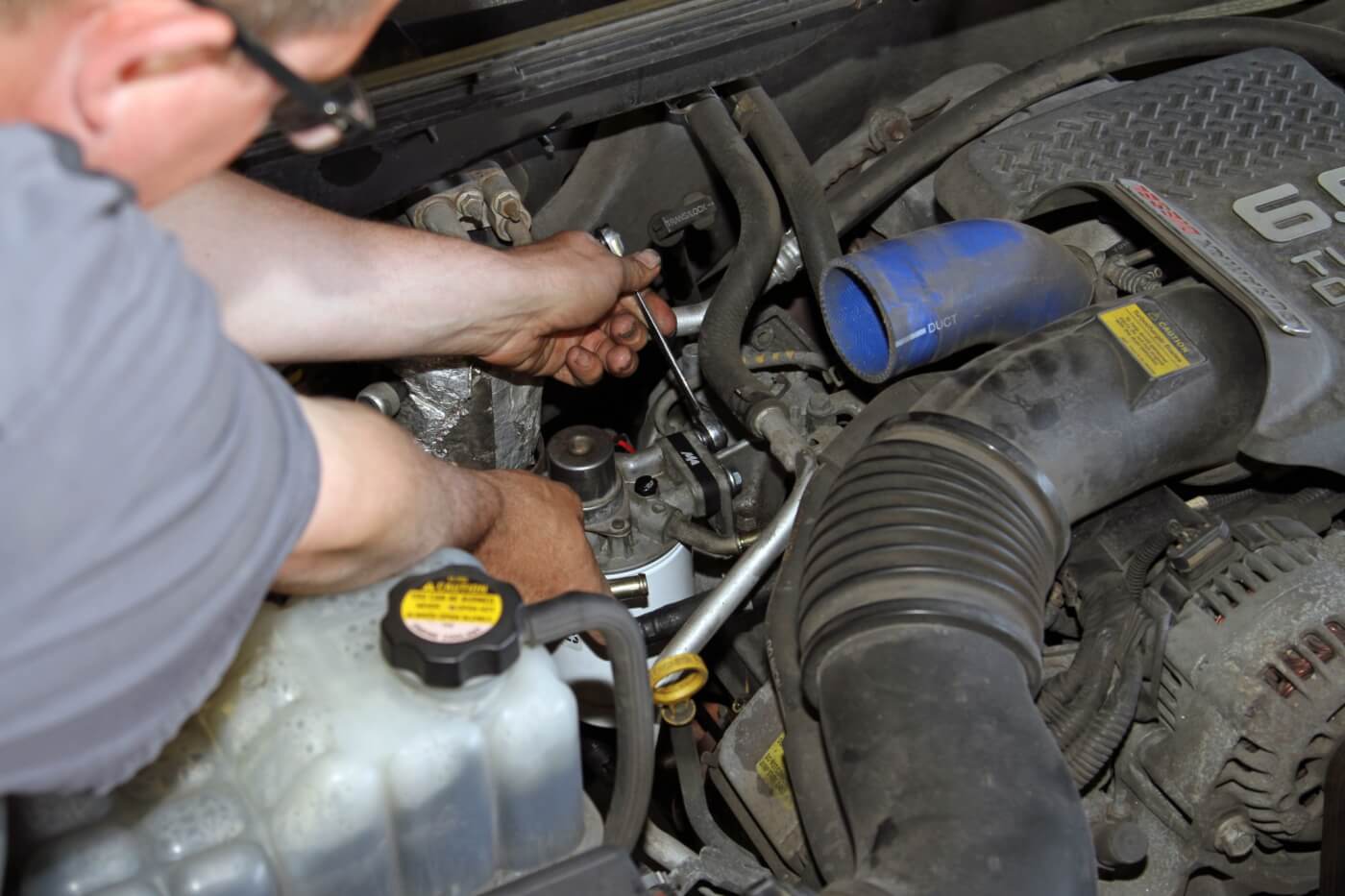

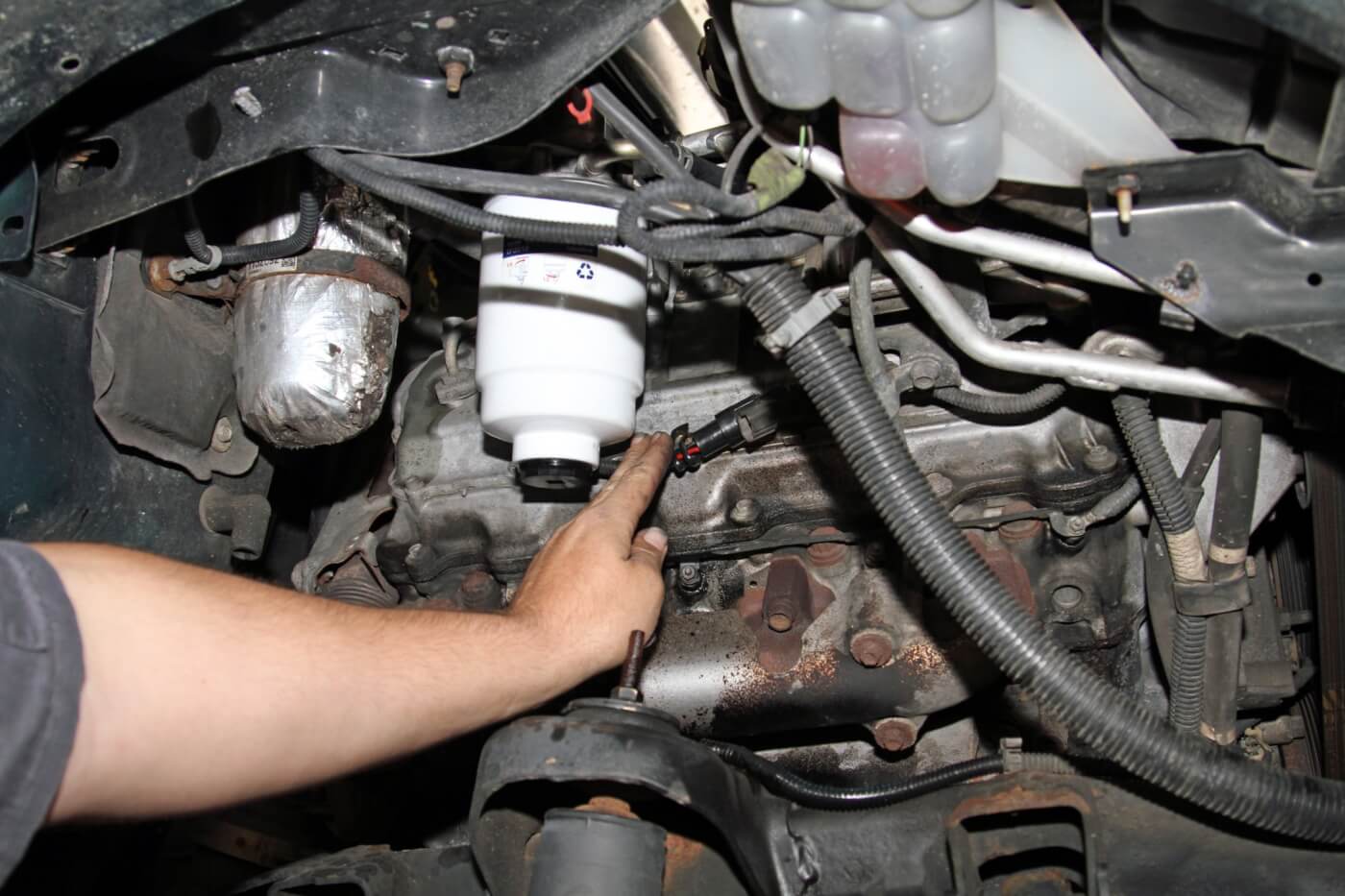
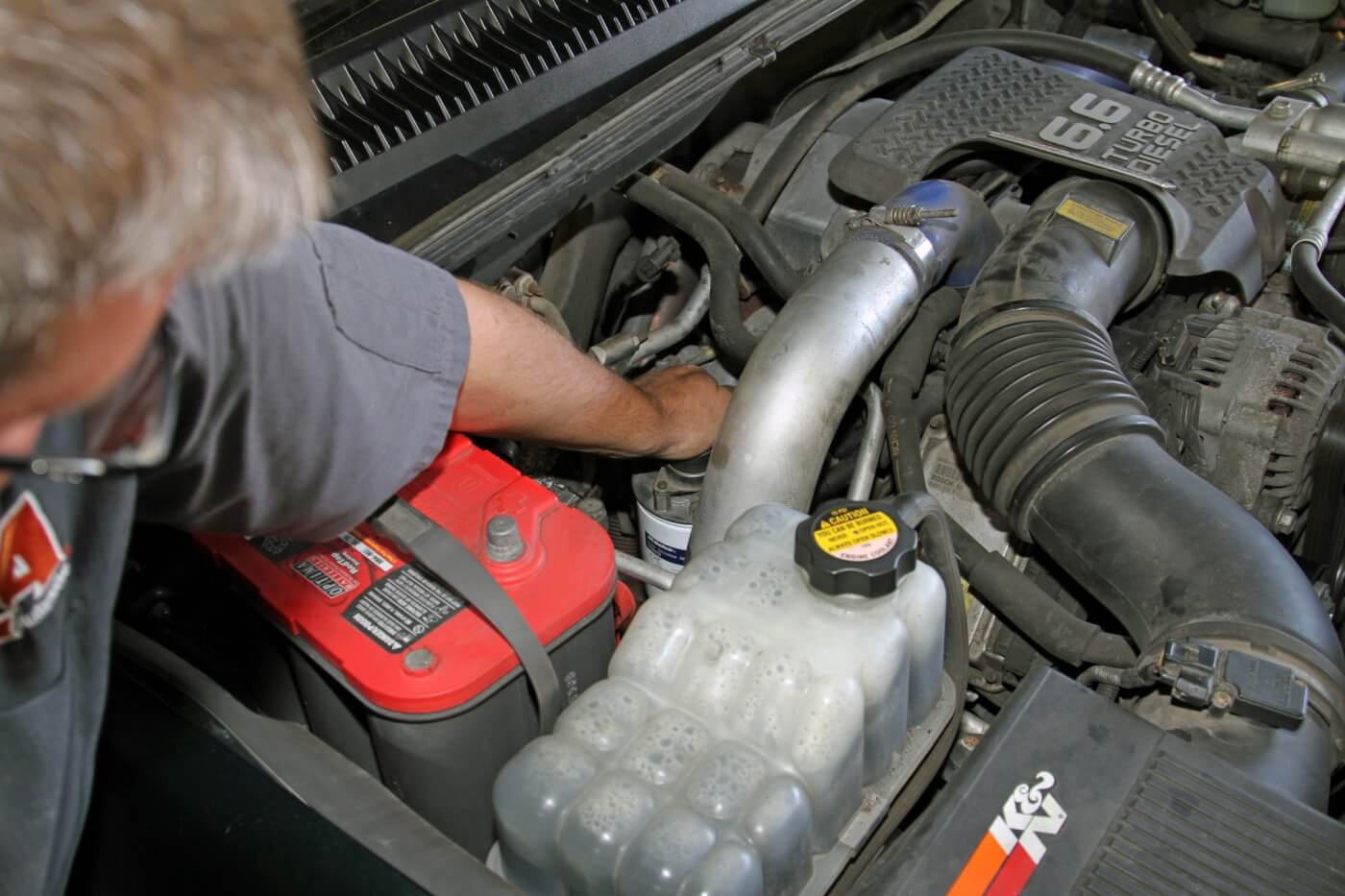
SOURCE:
Merchant Automotive
866.399.7169



